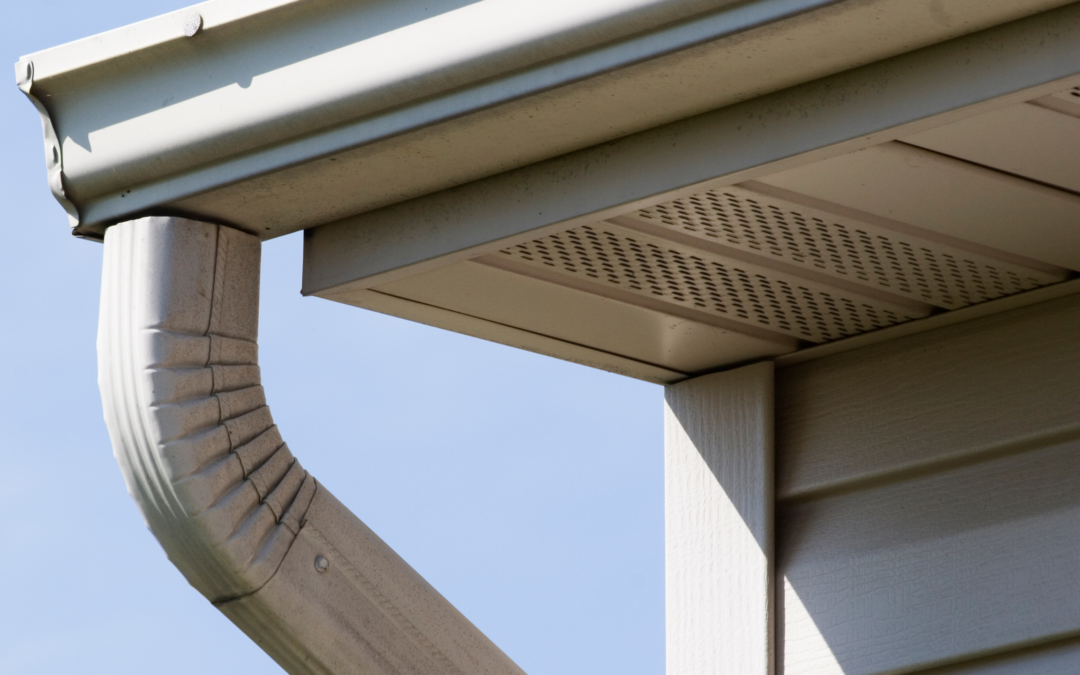If your home or property is like most, then you probably have at least one downspout to help funnel any water away from your foundation. Unfortunately, these spouts can become clogged with things like leaves and debris, which can not only lead to water damage, but even basement flooding. In this article, we will teach you how to unclog a downspout yourself, as well as when it is time to call in the professionals!
WHY CLEARING DOWNSPOUTS IS IMPORTANT
When downspouts become clogged, they are unable to funnel water properly. In rainy climates especially, this means that a back flow of water is created, and certain areas might not have a chance to dry for quite some time, depending on the season. Particularly heavy rainfalls can lead to damage of your home or property’s foundation and even flooding of your basement. Repairing this kind of damage is very costly and time-consuming. By maintaining unclogged downspouts, you can avoid these problems altogether.
WHAT YOU CAN DO ABOUT IT
If you have a clogged downspout, the first thing you will want to do is remove any debris that is visible to you. This can usually be done by hand, but if the clog is further down, you may need to use something like a small shovel or trowel. Once the visible debris has been removed, it is time to flush out the downspout with water. A garden hose should do the trick, but if you have a pressure washer, the strength of that will work even better! Just aim the stream of water at the top of the downspout and let it run until all of the water is flowing freely.
WHEN TO CALL IN THE PROFESSIONAL
If your downspout is still clogged after trying these DIY methods, or if you don’t have the time and don’t want to risk any damage to your downspout, then it is definitely time to call in the professionals. A plumber or other company with similar experience will be able to quickly and easily clear any remaining debris, and they can also check for any damage that may have been caused by the clog. In most cases, a simple downspout cleaning is all that is needed, but if there is significant damage, then the entire downspout may need to be replaced. It’s good to have a professional come and check things out for you to ensure fixable damage doesn’t go unnoticed and cause bigger and more expensive issues later on.
We hope this article has taught you everything you need to know about unclogging a downspout! Just remember to take care of the problem as soon as you notice it, or you could end up with some serious water damage, which will lead to much more cost and time spent than you’re probably hoping for. And if DIY isn’t your thing, don’t hesitate to call in a professional – they’ll have your downspouts flowing freely in no time!


Recent Comments